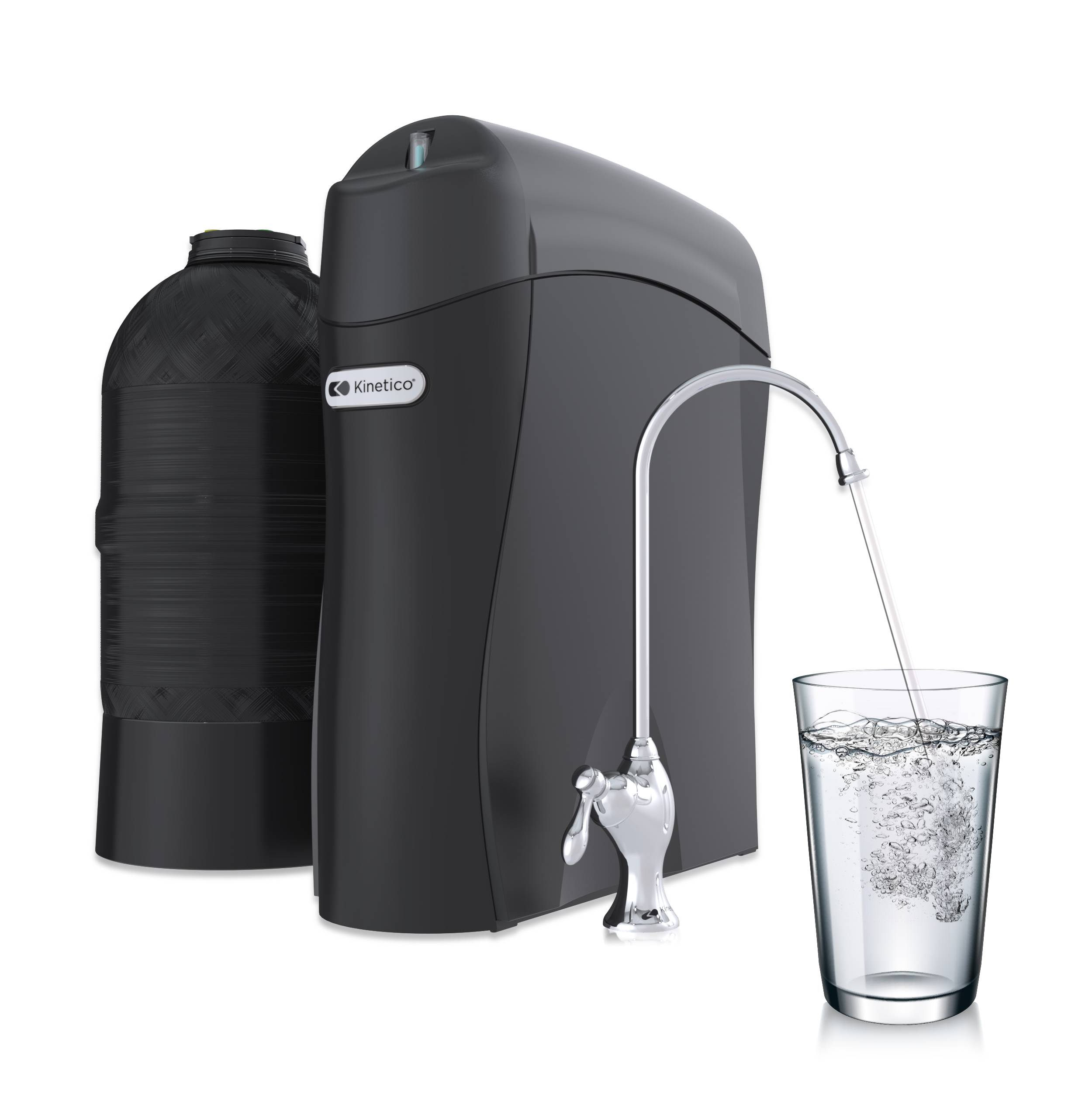pH Scale
First, it is important to understand that liquids are measured on the pH scale. A value of 7 on the scale is considered neutral (neither acidic nor basic). Values lower than 7 are considered acidic whereas values higher than 7 are considered basic or alkaline. If you would like to learn more about pH, check out this post by Ed R.
You can taste a difference in water as the pH shifts. The lower the pH of the water the more likely it is to have a bitter metallic taste. Soda, pop or soda pop or whatever you call it has an average pH of 3; however, the higher the pH of the water the more likely it is to have a soda taste. Outside of taste concerns, there are good reasons why pH is regulated by the Environmental Protection Agency (EPA). The regulated values for the pH of drinking water are between 6.5 and 8.5. Water with a pH value lower than 6.5 may have a higher concentration of lead or copper due to degrading pipes and fixtures. Water with a value higher than 8.5 typically has a higher amount of dissolved solids which can lead to scaling or build up in your pipes. Scaling can cause a restriction in the water flow because it effectively makes your pipes smaller.
How does water become acidic or basic? Well, precipitation that falls to renew our water sources is acidic. (Remember all the headlines about acid rain?) Much of the acidic nature of the rain stems from burning fossil fuels—coal and oil. Once the rain falls, it comes into contact with stone and dirt, which dissolves into the water and works to neutralize the acid and/or make the water basic. In a broad generality, surface water (e.g. a lake) is more likely to be acidic than ground water (i.e. water from a well) because it hasn’t dissolved as much soil and stone. Unfortunately, that doesn’t mean you can determine the pH of your water just by knowing the source. Some public water suppliers will purposely make the water alkaline to limit the corrosion of their pipes. Similarly, well water can absorb carbon dioxide (CO2) from decaying vegetation which will increase the acidity of the water.
Reverse Osmosis System
Once you know your water’s pH, the question is how does an RO system change it? Your feed water or incoming water naturally exhibits a balanced relationship between carbon dioxide and bicarbonates. However, the membrane reduces the amount of bicarbonates, which leaves extra carbon dioxide in the permeate stream—the water you eventually drink. The excess carbon dioxide can result in a more acidic solution. The effect of this reaction is more noticeable if your feed water is more alkaline or basic, since it undergoes a more drastic change.
So, basically, an RO could make your water noticeably more acidic if your incoming water is basic, but some might not notice any difference if their water is already acidic. If you are gravely concerned with the pH of your water, you can use a mineralizing filter to neutralize your water. While RO water may be on the acidic side of neutral, its acidity does not compare to commonly consumed beverages such as soda and orange juice. As always, we encourage you to consult your local water professional to find out what’s in your water, and how your family might be affected by it.
by Abbey R
Contact Abbey R.
Reverse Osmosis Systems in Las Vegas, NV & Florida
If you live in the following cities, and you are in need of a whole house reverse osmosis system, you’ve come to the right place!
Kwater is the premier provider of reverse osmosis systems in Las Vegas and Florida. Kwater Treatment provides the best reverse osmosis systems possible, schedule your free water analysis and get to the bottom of what’s flowing from your faucet. If you have any questions regarding reverse osmosis systems, don’t hesitate to contact us today so we can answer your questions.


